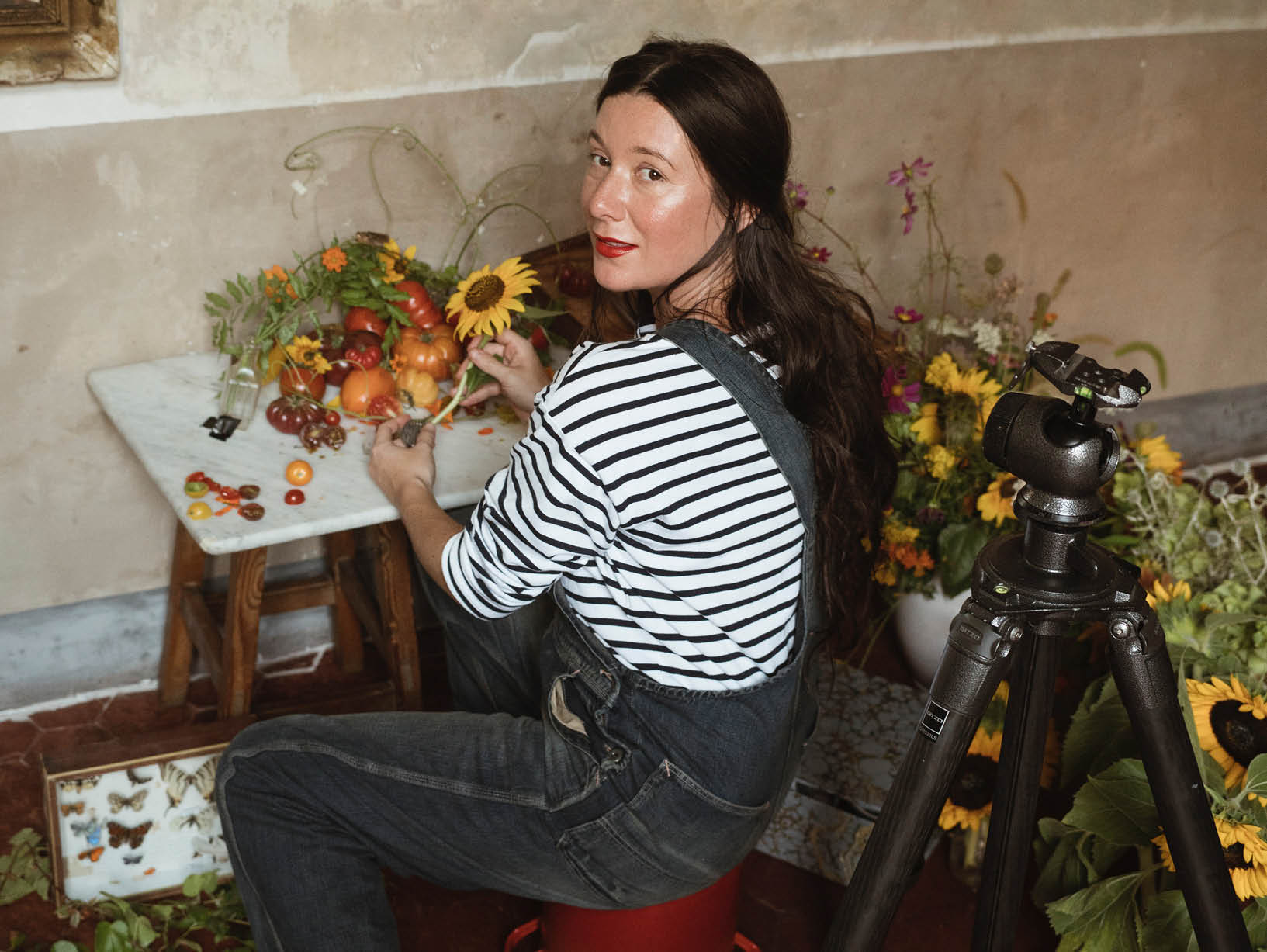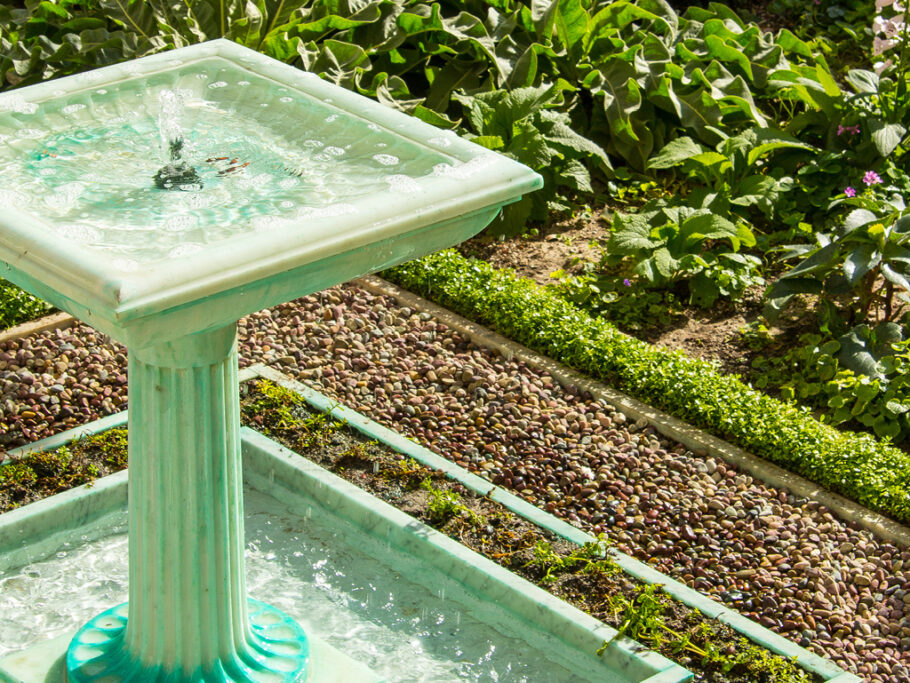Finding Bliss Behind the Lens
Photography by Jamie Beck
Photographer Jamie Beck discusses her transatlantic journey to capture the light, no matter the circumstances.

What initially led you down this creative path to photography?
I started taking pictures when I was thirteen. My mom gave me her old film camera, and from the moment I looked through the viewfinder, it’s all I ever wanted to do. It gave me access to the world. I studied commercial fashion photography in New York at the Fashion Institute of Technology. After I graduated, I stayed in New York and started my career by assisting photographers and then working for magazines.
At age twenty-eight, I opened my photo studio, Ann Street Studio, in Lower Manhattan and worked on amazing projects for brands like Netflix, Disney, Google, Donna Karan, and Nike. I took a one-year sabbatical to focus on personal work in the South of France and fell in love with the area, so I decided to stay.
Were there any standout experiences?
Yes, being on a Disney movie set was pretty amazing. It was cool to experience that old-school Hollywood production. I also did a road trip around Sweden with Volvo that was really interesting.
My husband, who’s my creative partner, and I also invented a form of photography called a cinemagraph, which is a hybrid between a photo and a video; it’s a living image. We’ve done some viral campaigns using this technique, one of the pinnacles of which was being showcased at the International Center of Photography in New York.

Your style reminds me of seventeenth-century paintings. Has it always had that romantic feel to it?
There’s always been a bit of romance and beauty in everything I’ve done, which reflects my viewpoint of the world. As far as the aesthetic of my photographs, it wasn’t until I came to France that I really went in that direction. It took a few years to get there, and it came from studying the light.
What was the impetus for Isolation Creation? How does it differ from your other work?
The Isolation Creation project was born out of the global pandemic. At that point, I was still earning my living as a commercial photographer. I had an exhibition and a campaign planned, which were basically going to be my income for the year. When everything stopped overnight, I didn’t like that feeling of losing control. However, the thing I could control was what I did with my creativity. I decided to create a piece of art during every day of the quarantine.
I made an Instagram hashtag and asked others to go on this journey with me. It was also a way to raise money for artists who don’t have the same platforms I do—and we raised over $30,000. I made a piece of art for sixty days in a row and built a great online community through that. We also launched our online store, which was the first time I publicly sold my work. It included more affordable pieces aside from my fine art, such as posters and phone cases. It was really successful and fun.

Would you talk more about your process for your fine art prints?
I use natural light because I think of it as a character in my work, especially since where I live in Provence translates to “Land of Light,” so the light influences everything I do here. I work in an eighteenth-century studio that overlooks a garden, which is where my light source comes from. A lot of what I created for Isolation Creation, for example, was foraged since we couldn’t go anywhere. I make my work based on the idea, feeling, or story I’m trying to create.
What environment do you work best in?
I have to work alone—I call it an internal dance that happens in my head. I have a mostly classical music playlist that helps guide me along emotionally. My work is dependent on weather, so I’ve marked the sun pattern in my studio. In the winter I shoot at 3:30, and in the summer I shoot at 9:30 if it’s a clear day. My work involves a lot of postproduction, so I’ll do that in the evening.
Does inspiration come naturally to you, or do you have to actively seek it out?
Of course, there are wonderful “light bulb” moments in life. For the most part, though, creating is work, and you have to just go to work. If I don’t have an idea, I like to go for a walk and try to observe my thoughts, and that internal dialogue usually leads me somewhere. If not, being out in nature almost always gives me a gift.

Your Instagram has a strong voice. What made you want to approach social media in this storytelling kind of way?
I try to provide substance in everything I do. One of the reasons I live in France and do the work that I do is because I want to have an enriching life, and I want to share that with others. It’s always better when you can learn and feel something from someone else. The goal of a photograph is to evoke an emotion—it makes it feel like we’re sharing a human experience together.
Do you find challenges in balancing work and creativity?
[Laughs] Well, I’m under so much pressure right now. The number one piece of advice someone gave to me is to start with just one thing. Sometimes I feel overwhelmed or I can’t find inspiration, and it helps to keep that in mind.
How is your life in France different than it was in New York?
I’m a lot softer. People take so much time here (like three-hour lunch breaks!), so my patience has increased dramatically. In New York, all I did was work, and I can’t imagine ever going back to that. It’s good to really engage with what you’re doing.
Has your style as a photographer changed since moving there?
It couldn’t be more night and day. In New York, I was taking thousands of photographs a day. Now, I spend the entire day making one photograph, and it will last longer and can be shared.
Do you see yourself living in Provence forever?
I live so much in the present. I love my town and my studio, but I also thought I’d live in New York forever. I love it very much for now, and it will always be a part of me.
For more info, visit jamiebeck.co or follow her on Instagram @jamiebeck.co























